[Required for food business operators] What is the reason for implementing HACCP and using rapid freezing?
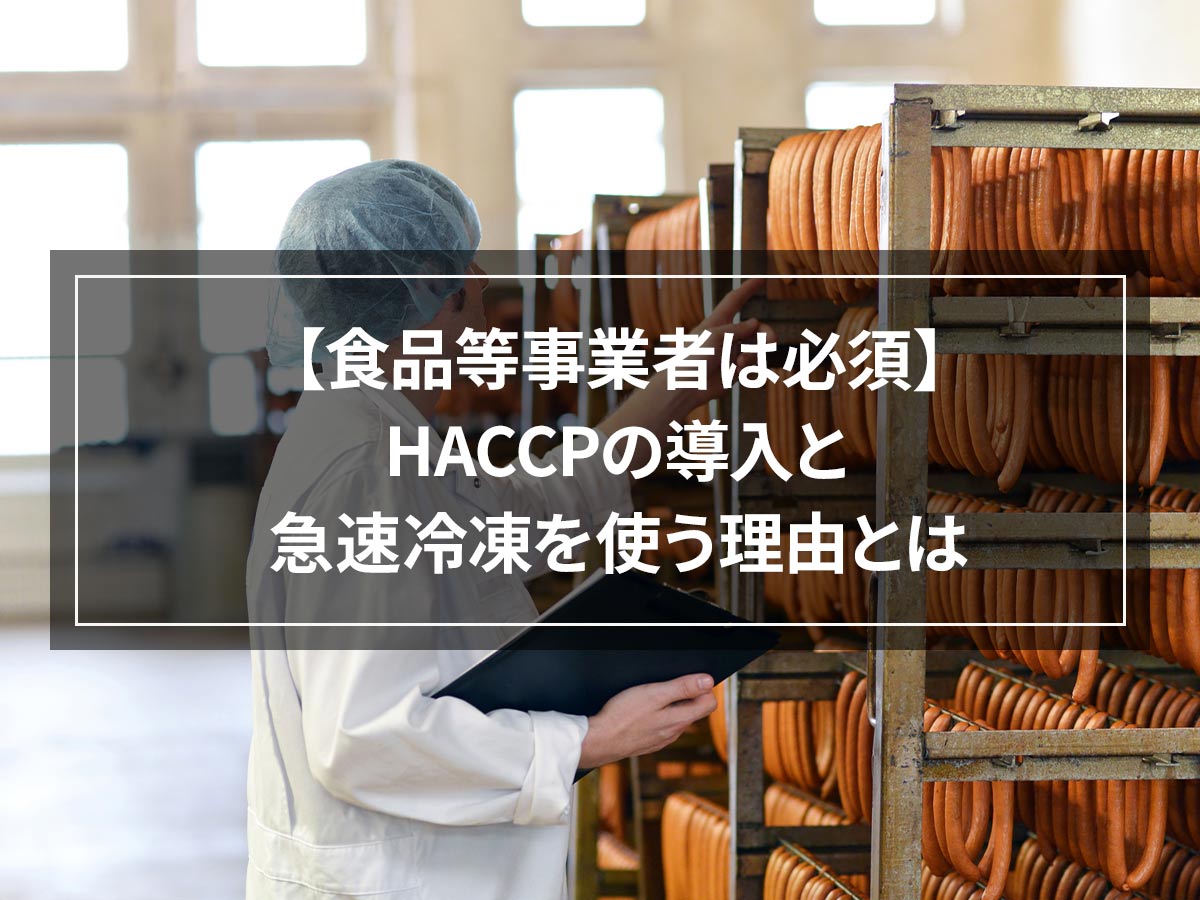
HACCP is a hygiene management method that is mandatory for all businesses that handle food. Since it has been made compulsory from June 1, 2021, those who are doing business related to food will need to adopt HACCP as a premise.
Introduction of HACCP not only improves the sanitary environment, but also improves productivity and quality, as well as sales and profit margins, so it is a system that brings many benefits.
This time, we will explain the outline of HACCP and the benefits that can be obtained by implementing it. We will also introduce rapid freezing, which is closely related.
目次
What is HACCP?
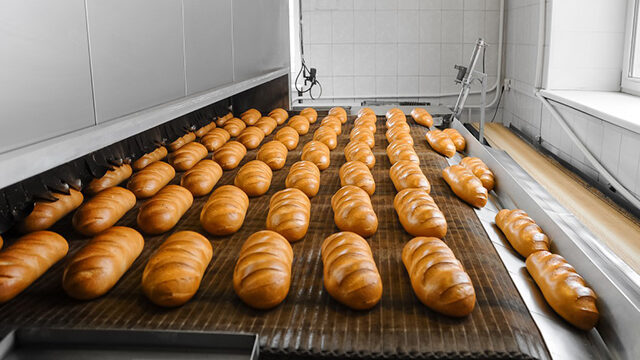
First, let me briefly introduce HACCP.
HACCP is a hygiene management method that controls processes and ensures product safety, which is particularly important in eliminating hazards such as food poisoning and foreign substance contamination. To ensure food safety, harmful factors such as bacteria and pesticides must be removed.
The Ministry of Health, Labor and Welfare has listed the following seven principles as "standards for hygiene management in line with HACCP."
1. Hazard analysis
Create a list of factors that can cause food hygiene hazards (hazard factors) for each process of manufacturing, processing, cooking, transporting, storing, or selling food or additives, and create a list of factors that can cause food hygiene hazards, and create a list of factors to manage these hazards. To establish measures (control measures).2. Determination of critical control points
Create a list of factors that can cause food hygiene hazards (hazard factors) for each process of manufacturing, processing, cooking, transporting, storing, or selling food or additives, and create a list of factors that can cause food hygiene hazards, and create a list of factors to manage these hazards. To establish measures (control measures).3. Setting management standards
Establish standards (control standards) for preventing, eliminating, or reducing the occurrence of hazards to acceptable levels at each critical control point.4. Setting the monitoring method
Establish a method to continuously or fairly frequently check (monitor) the implementation status of critical control point management.5. Setting remedial measures
At each important control point, corrective measures should be established in case it is found as a result of monitoring that the control standards have been violated.6. Setting the verification method
1. ~5. Establish a procedure for periodically verifying the effectiveness of the measures prescribed in .7. Creating a record
Source: Ministry of Health, Labor and Welfare “Institutionalization of hygiene management in line with HACCP” https://www.mhlw.go.jp/content/11130500/000662484.pdf
Depending on the scale and type of business, 1. ~6. To prepare documents regarding the contents of the measures stipulated in 1. and records of their implementation.
A management method that incorporates HACCP analyzes and lists potential hazards and their causes from the time raw materials are received to the final product. From the list, determine important control points (manufacturing processes, countermeasures, and standards that are important for preventing health damage).
Food safety is ensured by continuously monitoring these important control points.
Additionally, there are no clear rules or guidelines for HACCP, so it is important to think about it on your own.
Some people may feel that the content up to this point is troublesome, but in fact, there are some positive aspects to implementing HACCP, such as improving sales and profit margins.
In the next chapter, we will explain why HACCP brings about such improvements.
Advantages of implementing HACCP

As I mentioned earlier, there are many benefits to implementing HACCP. The main benefits are improved quality, increased productivity, and increased production volume.
Improvement of quality
The inside of the factory becomes sanitary and there are fewer bacteria in the products, so the products last longer.
In addition, temperature control becomes more accurate, ensuring that the temperature is properly sterilized and that food is not overcooked.
Therefore, we can continue to provide safe and delicious products.
Improved productivity
You will be able to see wasteful manufacturing flows and human movements that were not noticed before the introduction.
Waste can be reduced, increasing production efficiency and speeding up manufacturing.
Increase in production volume
If a problem occurs, we will find the cause and take steps to prevent it from happening again.
The factory will not have to stop and the operating rate will increase.
Although HACCP has many benefits, it is actually common knowledge in many countries overseas. Next, we will introduce the status of HACCP implementation in each country.
Mandatory status in each country

As I mentioned earlier, there are many countries where HACCP is common knowledge. The HACCP implementation status in each country is as follows.
| America | Since 1997, hygiene management using HACCP has been gradually required for seafood, meat, poultry, processed products, fruits, vegetables, and beverages traded across state lines. |
| EU | Since 2004, all food production, processing, and distribution businesses, excluding primary production, have been required to implement hygiene management that incorporates the concept of HACCP. |
| Canada | Since 1992, HACCP has been gradually mandated for seafood, meat, and meat products. |
| Australia | Since 1992, HACCP has been gradually required for export-oriented milk and dairy products, seafood products, meat and meat products. |
| South Korea | Since 2012, HACCP has been sequentially applied to processed fish products (kamaboko), frozen seafood products, frozen foods (pizzas, steamed buns, noodles), iced sweets, unheated beverages, retort foods, and kimchi (Chinese cabbage kimchi). Mandatory. |
| Taiwan | Since 2012, HACCP has been sequentially applied to processed fish products (kamaboko), frozen seafood products, frozen foods (pizzas, steamed buns, noodles), iced sweets, unheated beverages, retort foods, and kimchi (Chinese cabbage kimchi). Mandatory. |
It is common for Western companies to not purchase from companies that do not implement HACCP. In countries where regulations are increasing, there are cases where food cannot be exported unless it is produced in a HACCP-approved facility.
In fact, the EU requires all food businesses, excluding temporary producers, to implement hygiene management using HACCP, regardless of size or industry. Additionally, in the United States and Canada, HACCP is mandatory for some foods such as seafood and meat.
It seems that an increasing number of countries such as Southeast Asian countries are introducing HACCP according to the situation.
Japan's population is on the decline, and the market size is expected to shrink accordingly, so it is important to consider exports in the future.
Mandatory in Japan from June 2021

In Japan, HACCP regulations came into effect on June 1, 2020, and will become mandatory from June 1, 2021.
All businesses that handle food must implement hygiene management in accordance with HACCP, and food hygiene management personnel must confirm implementation status through regular on-site inspections.
Businesses eligible for HACCP

HACCP in Japan requires all food business operators (food manufacturing, processing, cooking, sales, etc.) to create a hygiene management plan. In addition, non-operating group feeding facilities such as schools and hospitals must also implement hygiene management in accordance with HACCP.
For small businesses, the standards will be simplified and important control points will be established for hygiene management.
And although HACCP tends to seem expensive to implement, it can actually be implemented at low cost.
Reasons why it can be introduced at low cost

When you think of HACCP, you may have the impression that it is expensive to implement.
HACCP does not have clear rules or guidelines.
For example, it is possible to place a partition in the middle of one warehouse and use it as two warehouses.
Sometimes your cooking equipment becomes old and needs to be replaced or repaired. However, even in such cases, you may be able to receive long-term, low-interest loans under the HACCP Support Act.
HACCP can be used to keep costs low depending on how you think about it.
Hazard factors that can be prevented by implementing HACCP

HACCP is a method of monitoring and recording critical control points to ensure food safety by eliminating hazards.
Understanding the hazards will help you take appropriate action.
Hazard factors can be divided into three categories: biological factors, physical factors, and chemical factors.
physical harm
Physical hazards include foreign objects such as metal, glass, and dead bodies.
This can be prevented by thoroughly inspecting and maintaining equipment and reviewing the equipment used.
chemical hazard
Chemical factors include pesticides and food additives.
Agricultural crops, livestock products, and marine products that are raw materials may still contain pesticides and other chemicals used during cultivation and rearing.
This can be prevented by regularly reviewing supplier evaluations and management standards.
biological hazard
Biological hazards mainly refer to bacteria, viruses, and parasites.
Bacteria are becoming stronger year by year, and more and more appropriate management is required.
Biological factors can be prevented by not attaching them, not allowing them to increase, and eliminating them.
■Management when receiving raw materials, proper hand washing, etc. to avoid “sticky”
■ “Do not increase” by storing at constant temperature, cleaning and disinfecting facilities and equipment, etc.
■“Get rid of” by heating food appropriately, etc.
It is important to properly implement these three things.
Temperature control can be said to be the most important aspect of food management.
However, it is difficult to control products at a constant temperature until they reach consumers, and even products made under HACCP management may deteriorate in quality after subsequent management.
Freezing is a way to prevent this.
By freezing products, they are easier to manage during transportation and the growth of bacteria can be minimized. It is also effective in killing parasites that cause food poisoning.
By freezing, you can maintain safety under HACCP, and there is a method called `` rapid freezing'' that allows you to freeze food with almost the same quality as before freezing.
Solution with rapid freezer

Some people may think that frozen food is not tasty.
of the material Freeze without sacrificing quality can do rapid freezing There is a method.
rapid freezing is a freezing method that makes it difficult to destroy cells by rapidly passing the food through a temperature range where the water content freezes.
By rapid freezing, food can be preserved for a long period of time in a state as close as possible to its pre-freezing state.
Therefore, we are able to keep our products in stock and sell them all over Japan while maintaining their delicious condition.
By incorporating rapid freezing into HACCP, it is possible to maintain high quality and safety while maintaining deliciousness.
Conclusion
HACCP can be introduced at low cost and has many benefits. Since this system is already compulsory, food-related businesses are required to manage hygiene based on HACCP.
In addition, by incorporating rapid freezing, we can provide safe, secure, and high-quality products.
How about storing high-quality, safe, long-term products managed with HACCP and selling them all over Japan?
⇒⇒What is “rapid freezing” that reduces loss and improves quality?Click here if you want to know more!








![[Storage period increased by 30 times! ] Achieving a stable supply of raw whitebait!](https://shunkashutou.com/wp-content/uploads/2016/11/579c55e6d32e1385c250e8e7c3ed59a71.jpg)
![[Sales increased 100 times! ] rapid freezing the signature menu “Ni-katsu sandwich”!](https://shunkashutou.com/wp-content/uploads/2016/11/IMG_02391.jpg)
![[Horse sashimi] We have significantly reduced waste loss with rapid freezer!](https://shunkashutou.com/wp-content/uploads/2016/11/5fda59d0cbcdabde18e58c3c58c09ed0.jpg)




![[Storage period increased from 3 days to half a year! ] Restaurants are expanding their business using wholesale and mail order!](https://shunkashutou.com/wp-content/uploads/2018/04/66c19942ab4ba346fdb64ccc04cde373.png)
![[Reduce loss from 200 kg of oysters to zero] Improve loss and expand business with rapid freezer](https://shunkashutou.com/wp-content/uploads/2018/06/19785ca583a8d3c4041c7c192d041b0d.jpg)















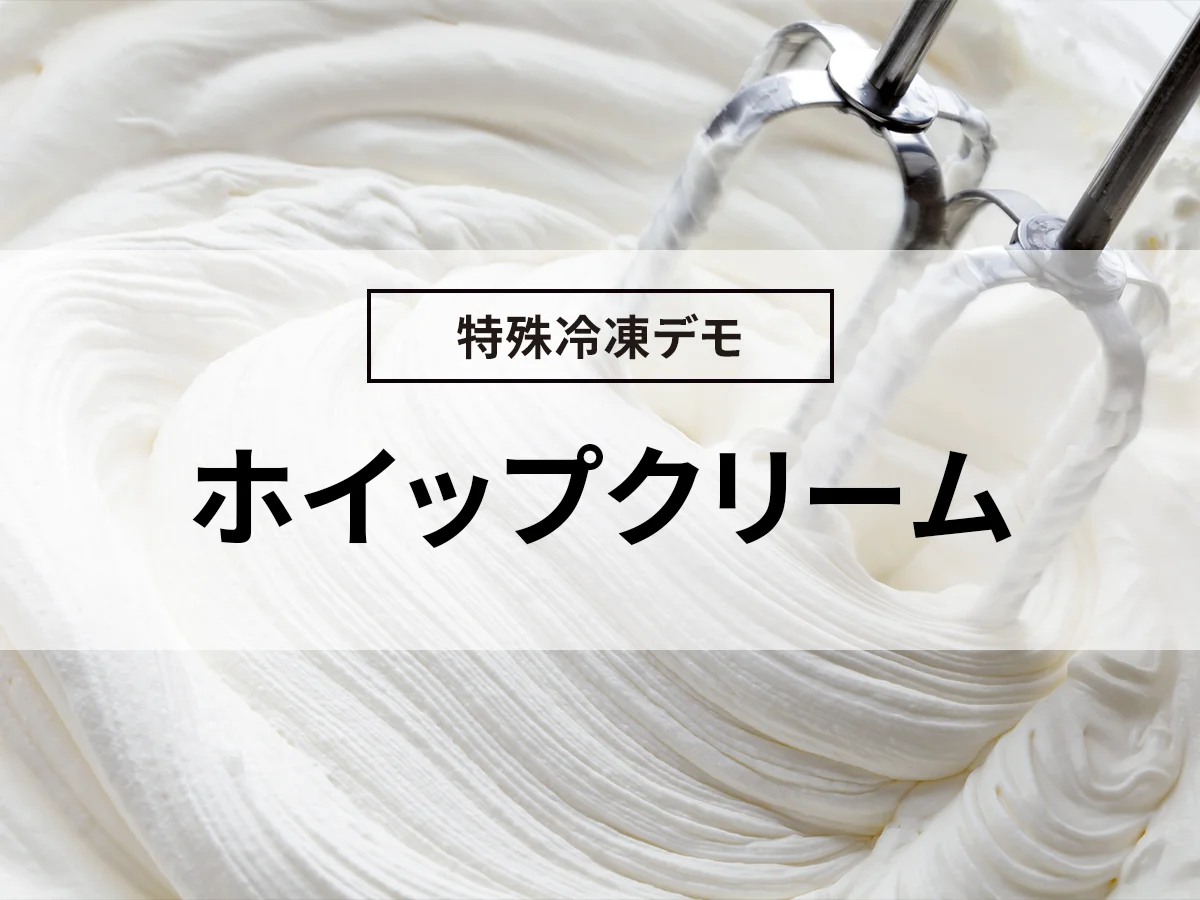
![[Freshly made raw soba all over the country! ] Example of introducing a quick freezer at a soba restaurant](https://shunkashutou.com/wp-content/uploads/2016/01/6d8138adcf26c410c11b25d5b8d2f3de.jpg)
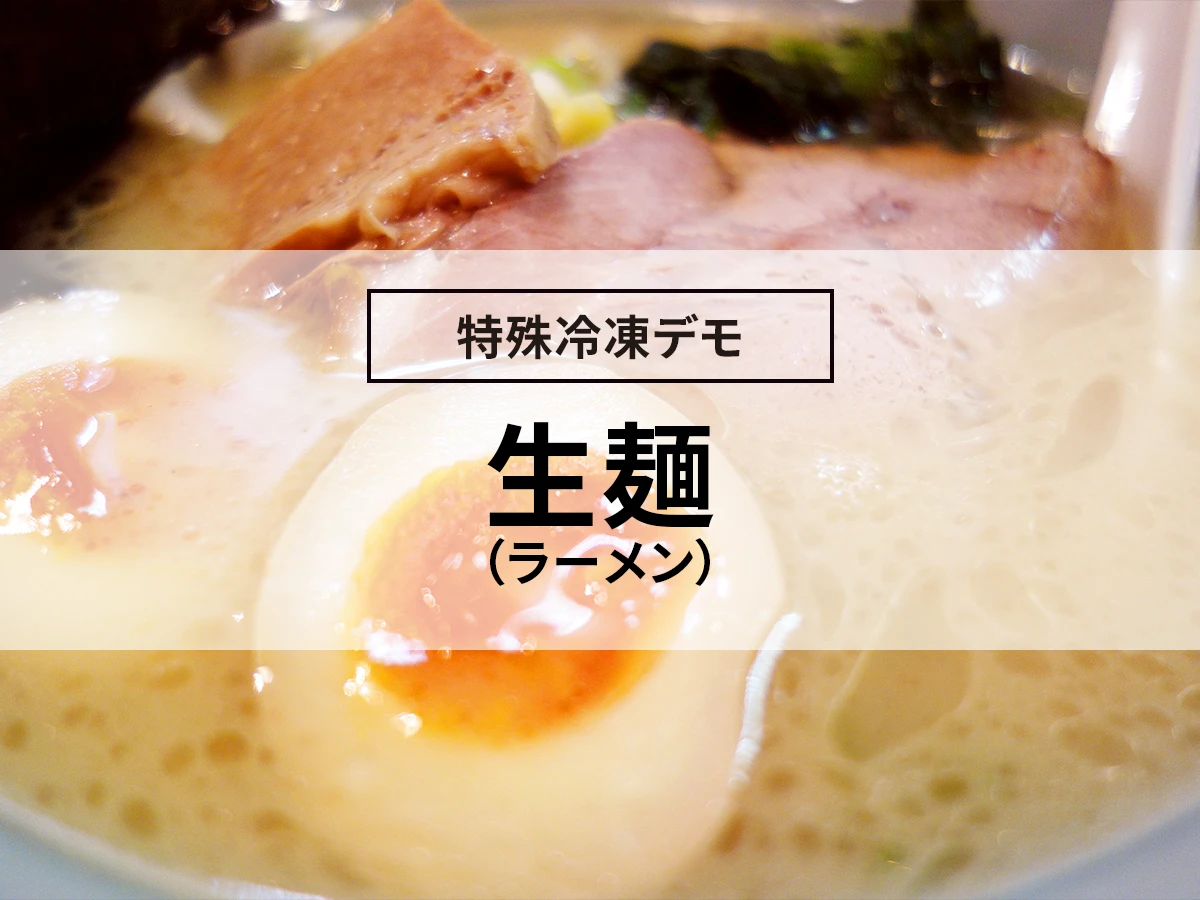
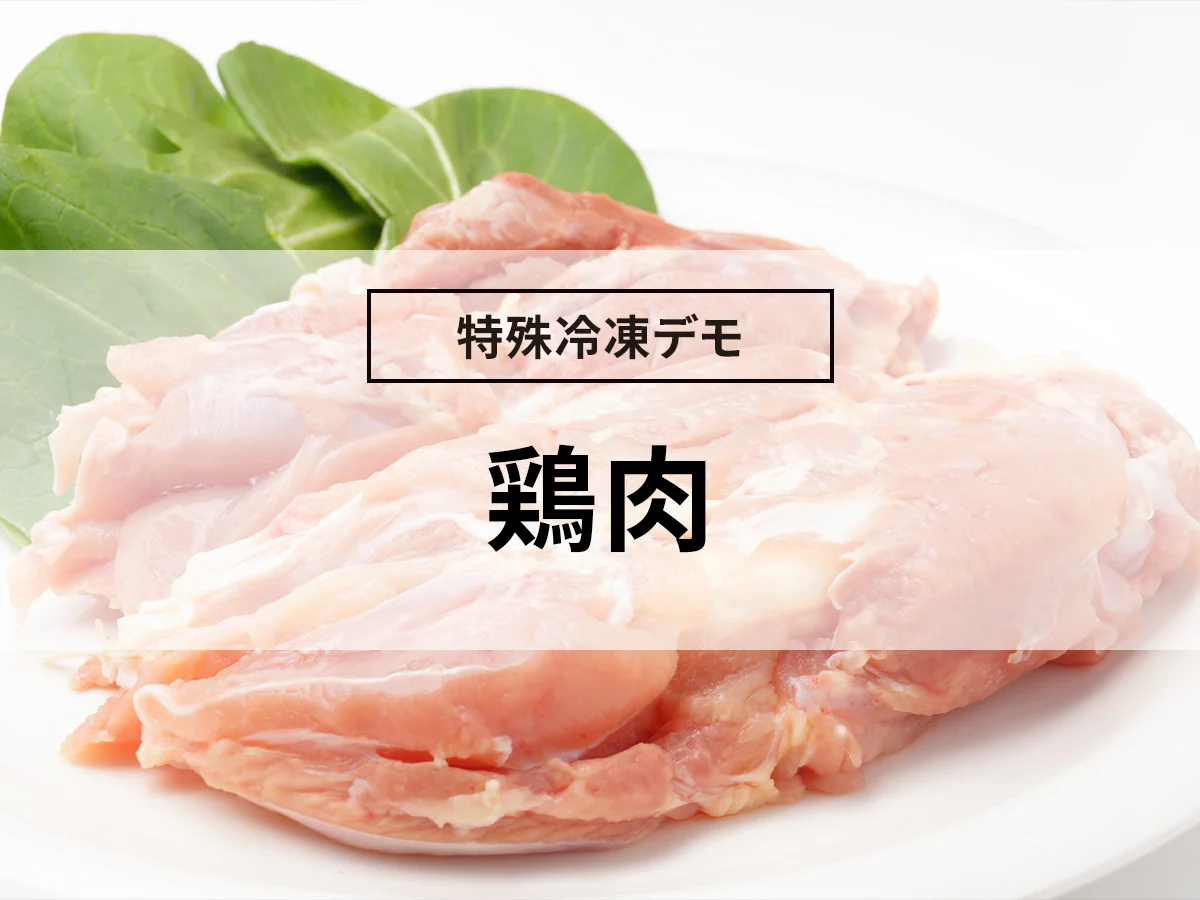
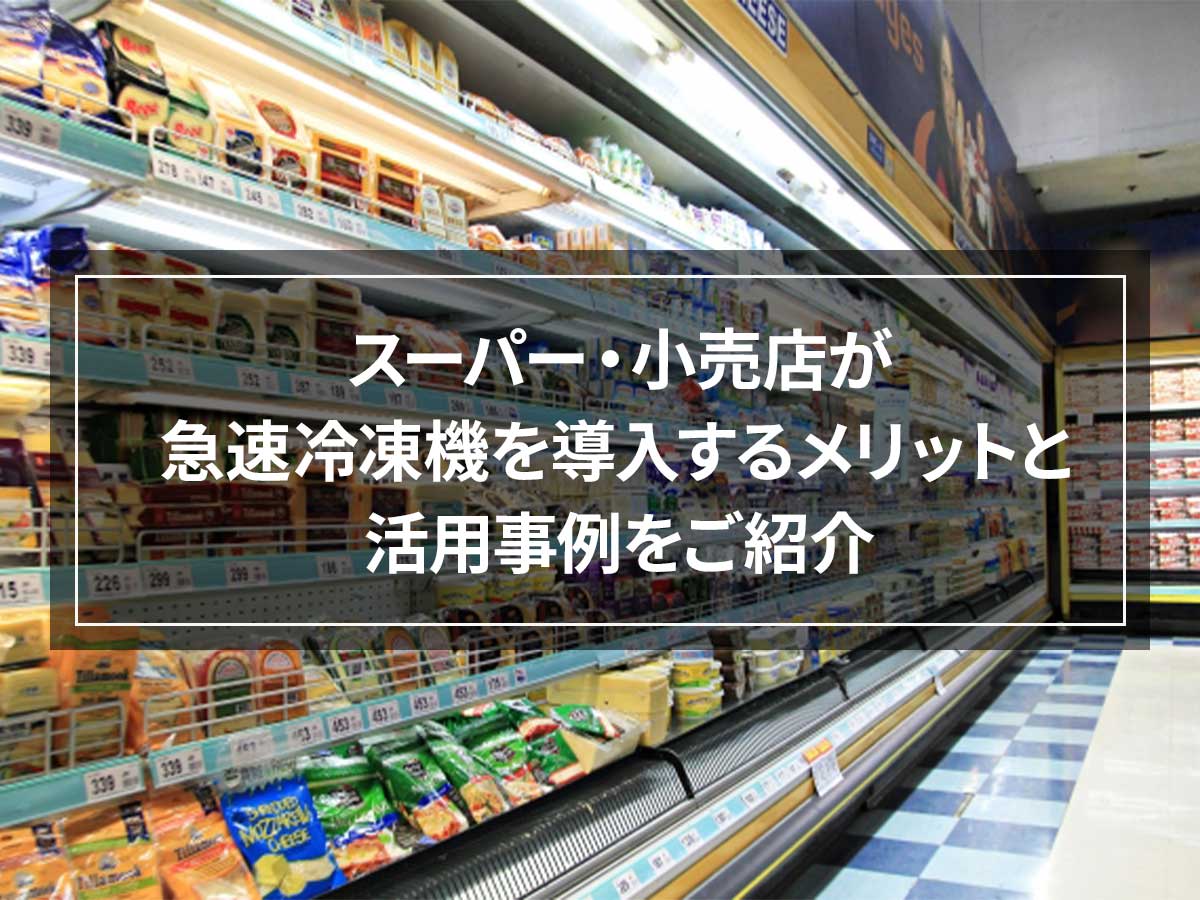
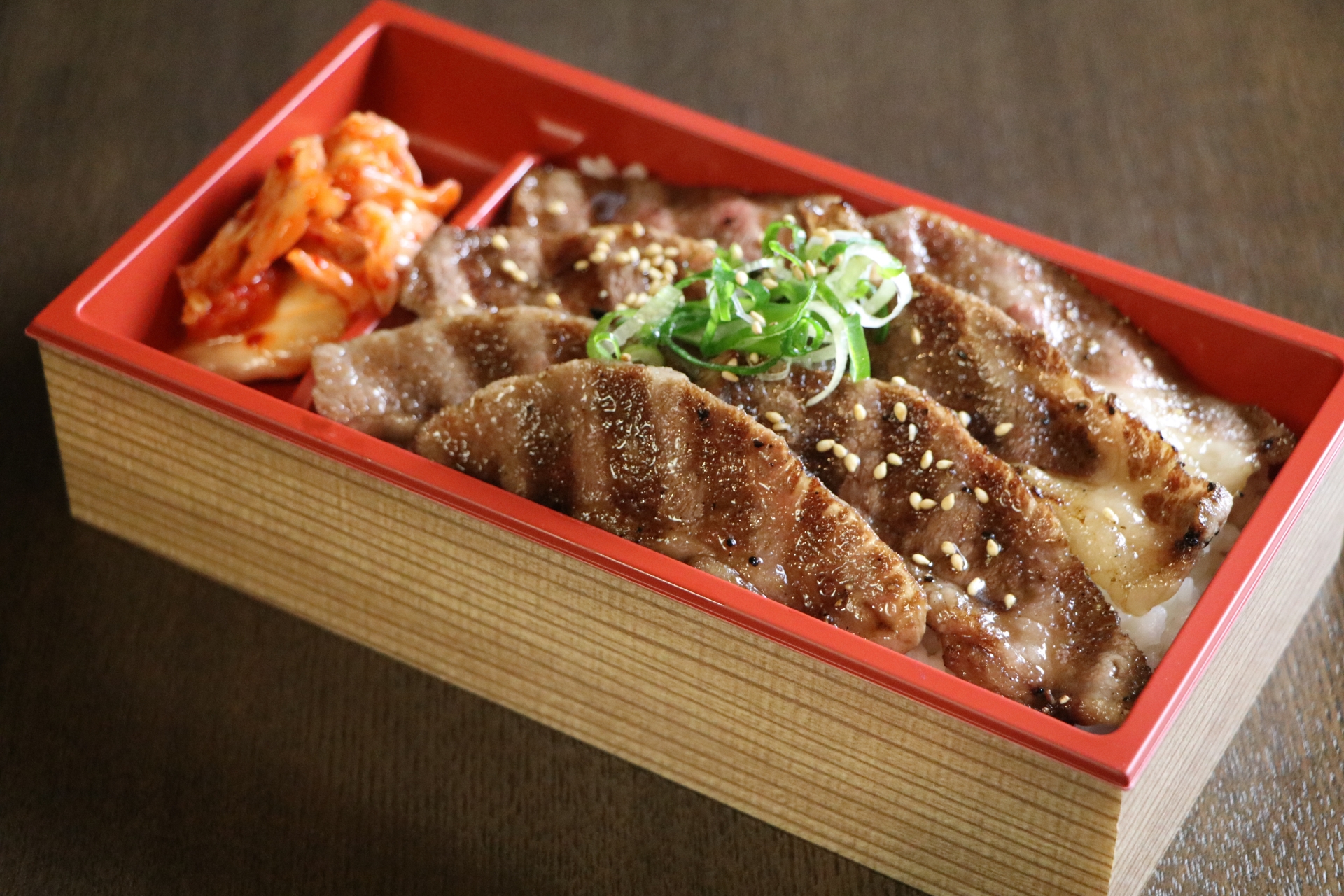
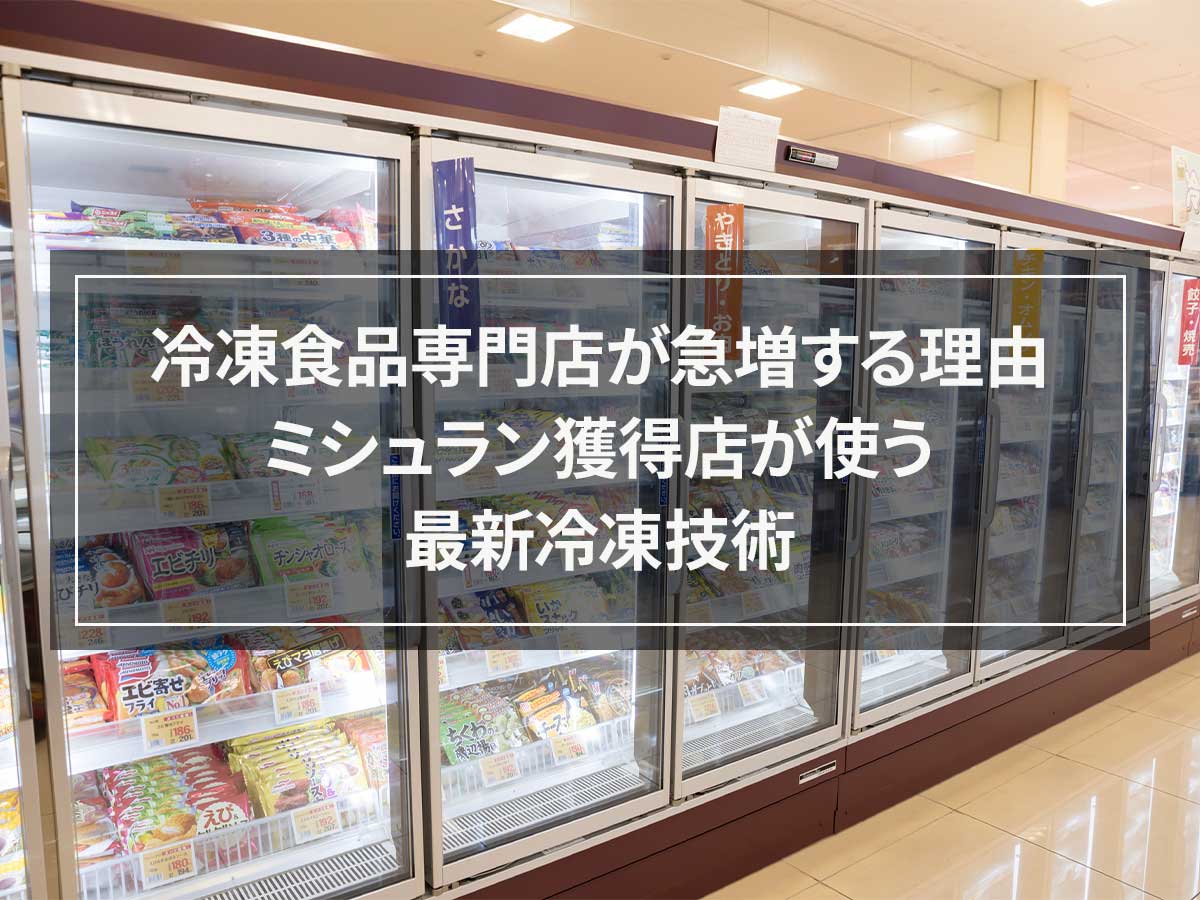
![Types of rapid freezer and purchasing points! [Examples of failures in machine selection! ? ]](https://shunkashutou.com/wp-content/uploads/2015/04/e68b2ac878e110c2a4639a33271057d1_s-1.jpg)
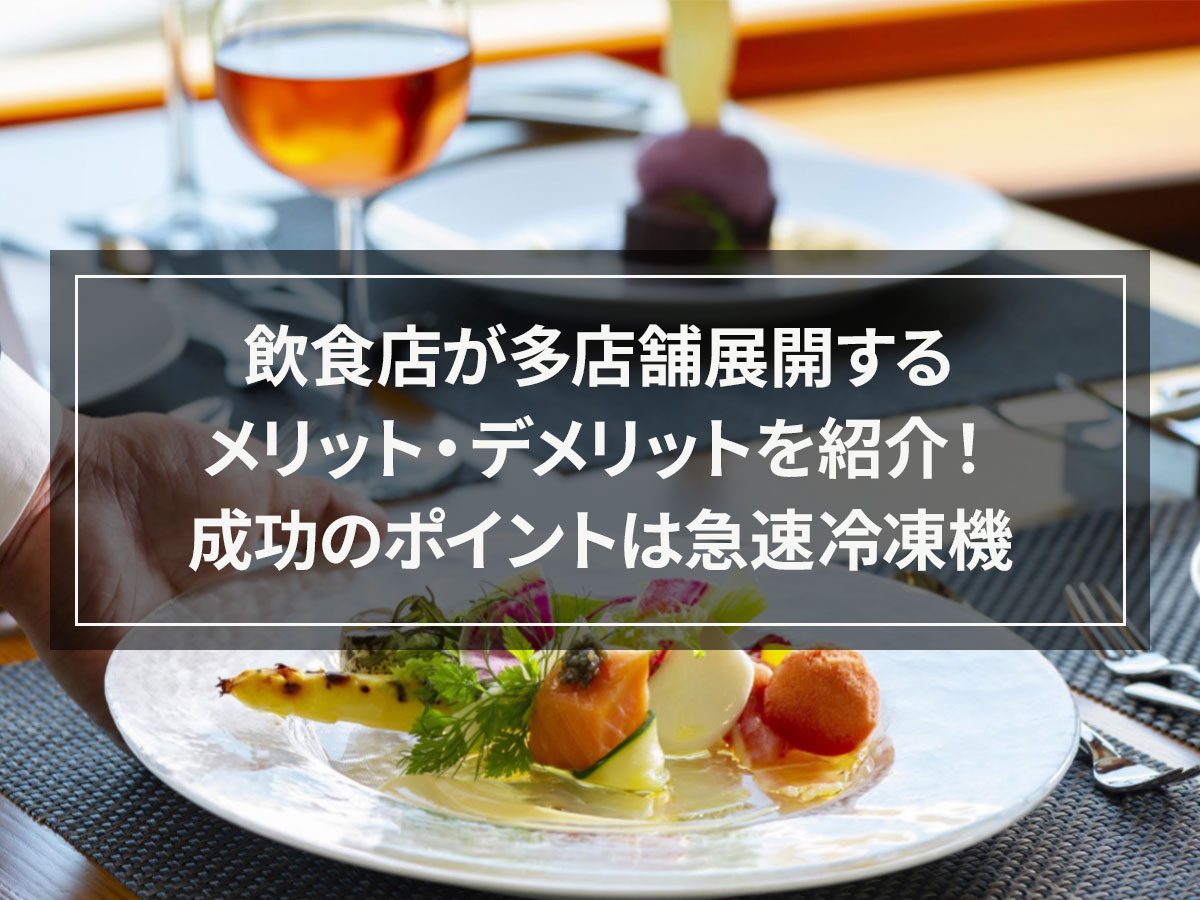
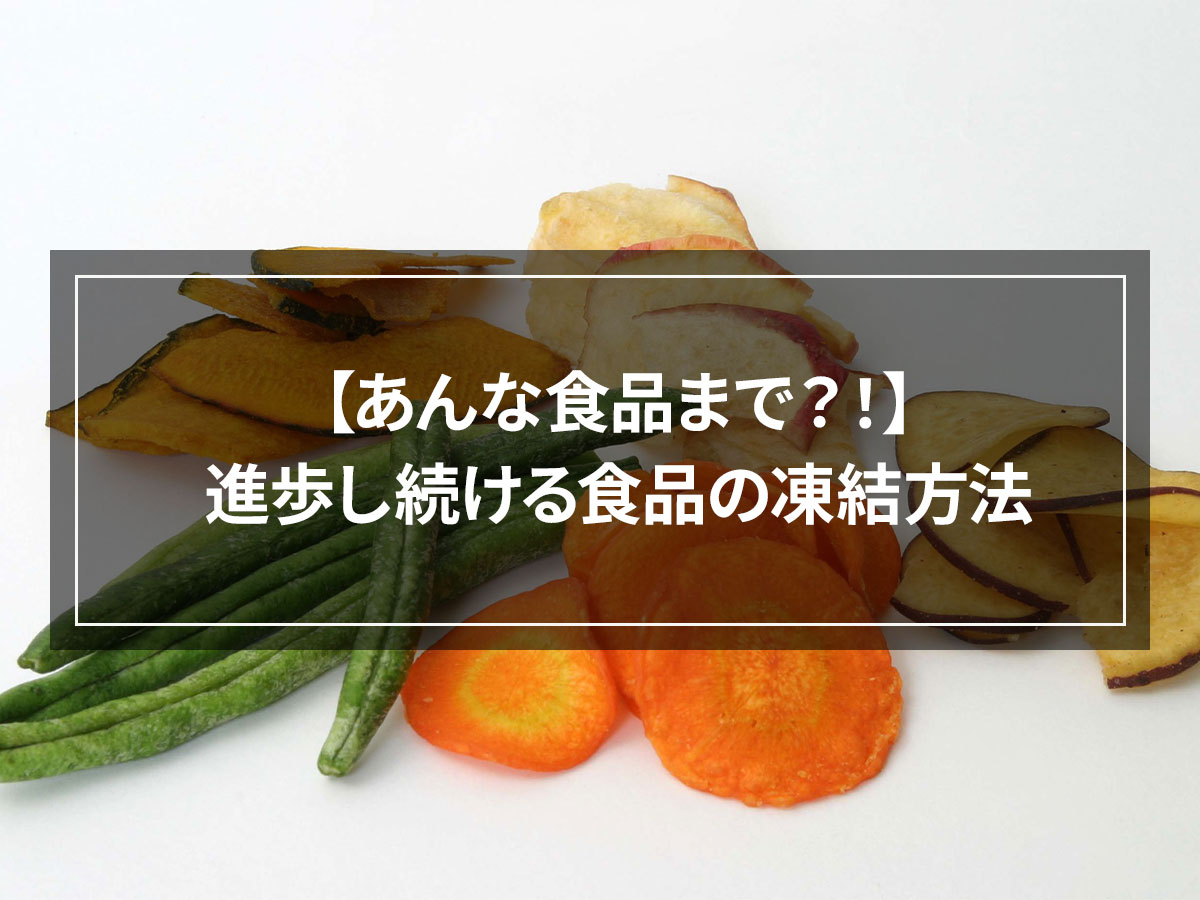
![[Current situation and countermeasures for food loss] What are efforts to reduce food waste and rapid freezing? ?](https://shunkashutou.com/wp-content/uploads/2024/04/ddc2c5b7fa32b837dcbdcd1ab68e9087.jpg)
![[Does alcohol freeze? ] Surprisingly unknown freezing temperature of alcohol and usage examples](https://shunkashutou.com/wp-content/uploads/2015/06/alcohol-630x420-1.jpg)
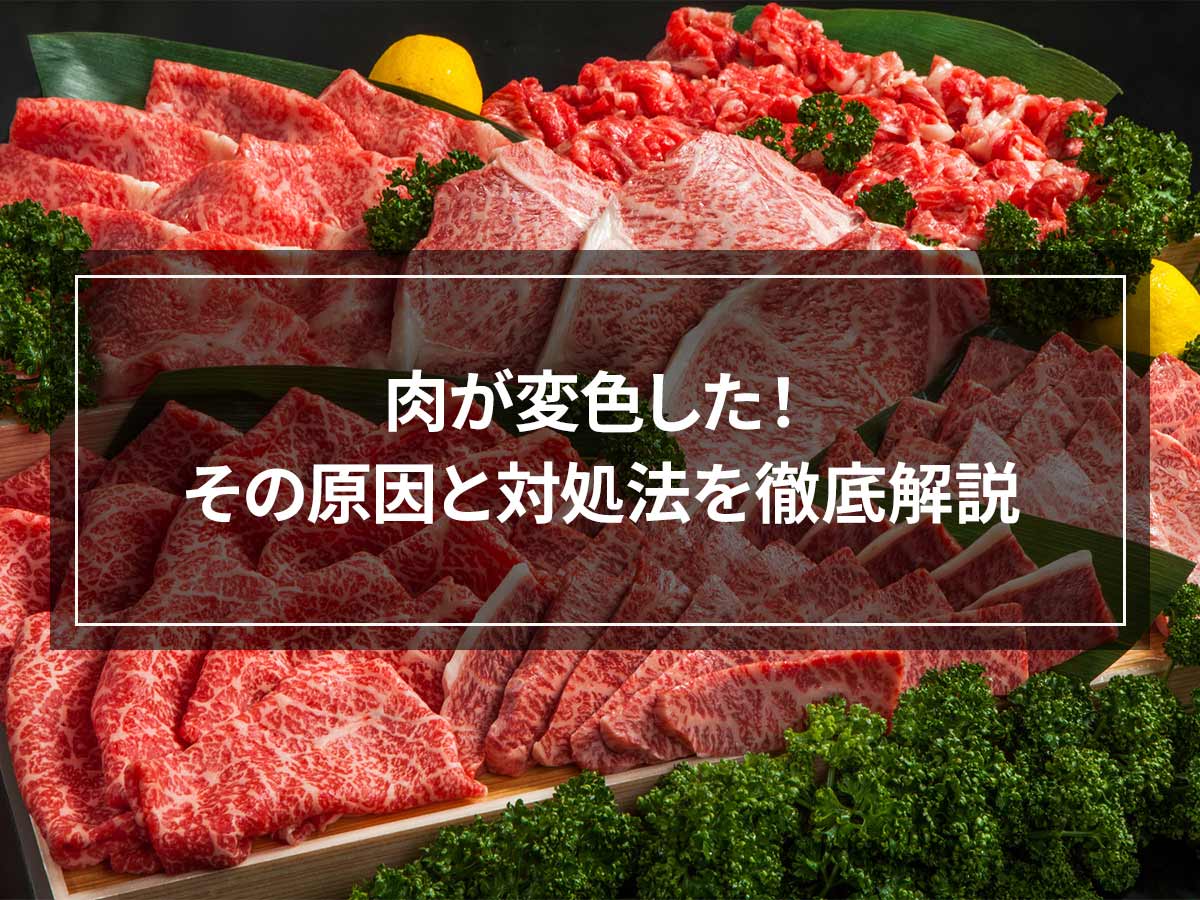

![[Is it actually something familiar? ! ] Types of flash freezing and their temperatures](https://shunkashutou.com/wp-content/uploads/2015/07/c4fc26caaee432beead8d55028903079.jpg)
![[Achieving low cost and high quality] The problems of pubs can be solved with a quick freezer!](https://shunkashutou.com/wp-content/uploads/2016/02/11d55612344a4cbad2ad506ae700c81b.jpg)
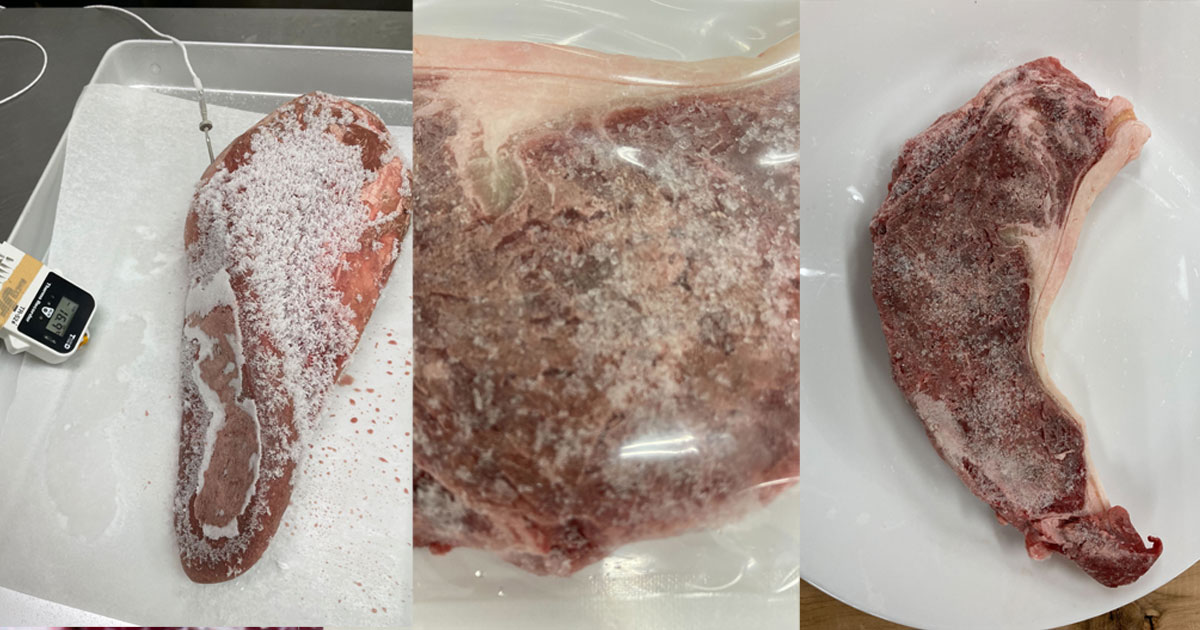
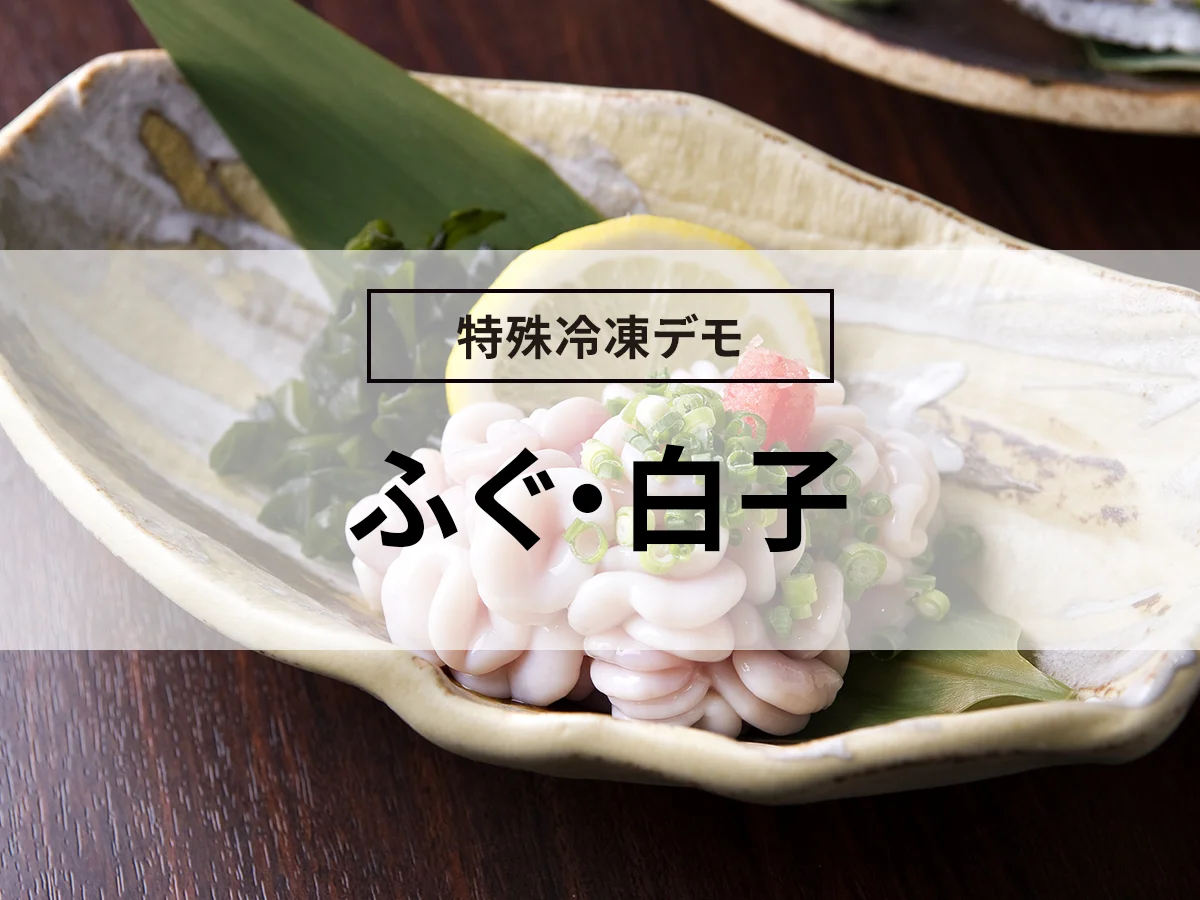
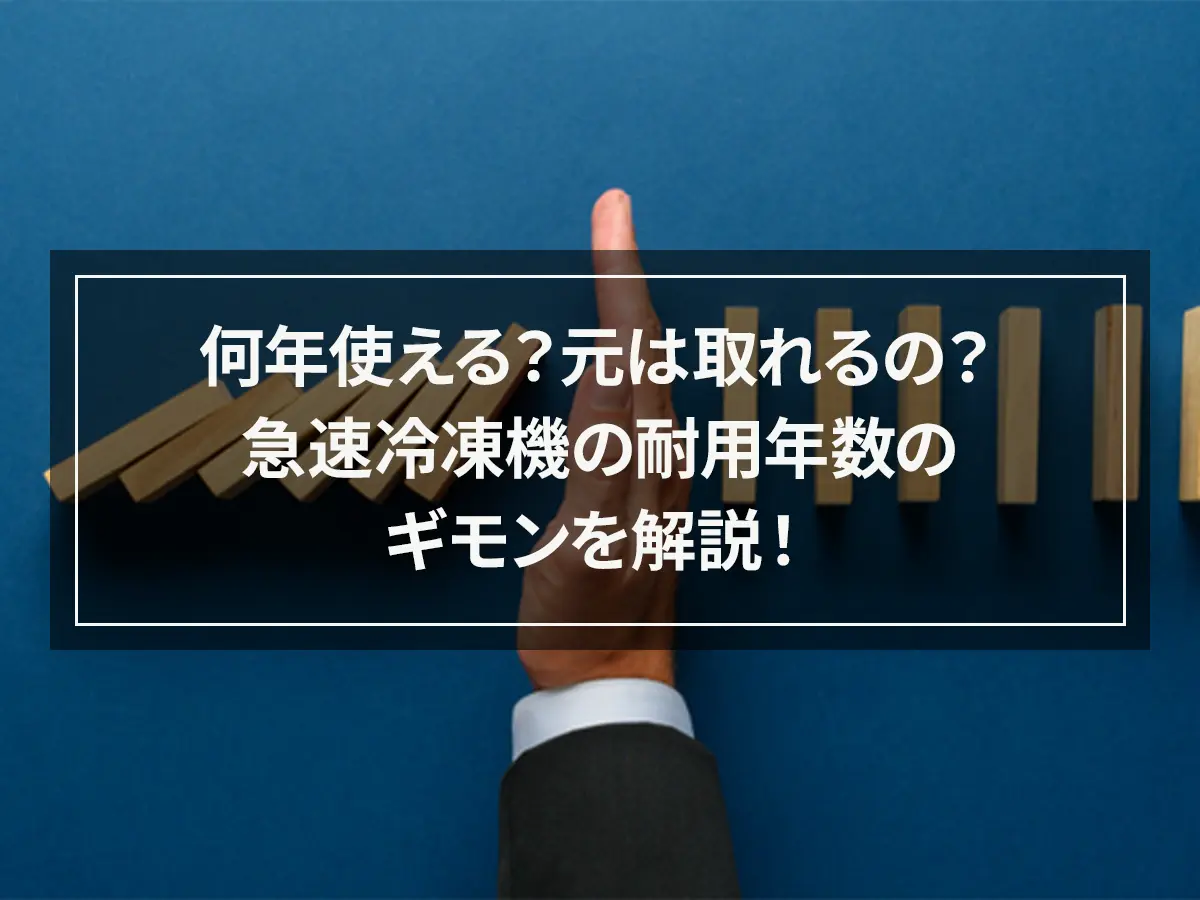
![Introducing the method and recipe for freezing eringi mushrooms [Explanation with photos! ]](https://shunkashutou.com/wp-content/uploads/2023/08/a360f0e10b69512c896510215ae51a7f.jpg)
![[Must-see for bakers] 6 reasons why bakeries should use rapid freezing](https://shunkashutou.com/wp-content/uploads/2021/02/f92a102c9d3cc8c63dc7e509ce6d35d2.jpg)
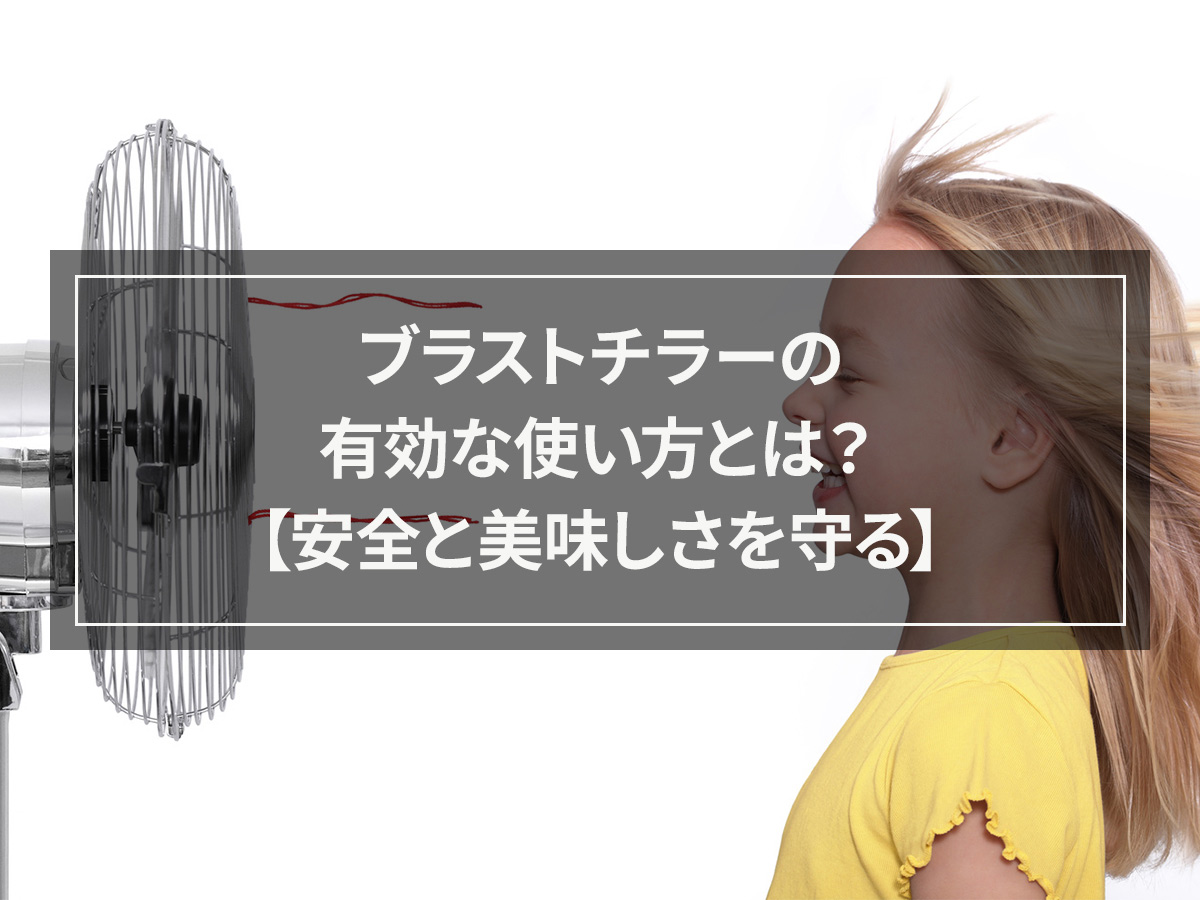
![[Many repeat customers! ] Increase sales by mail ordering our proud curry by rapid freezing!](https://shunkashutou.com/wp-content/uploads/2018/08/S__295895302-863x10241.jpg)
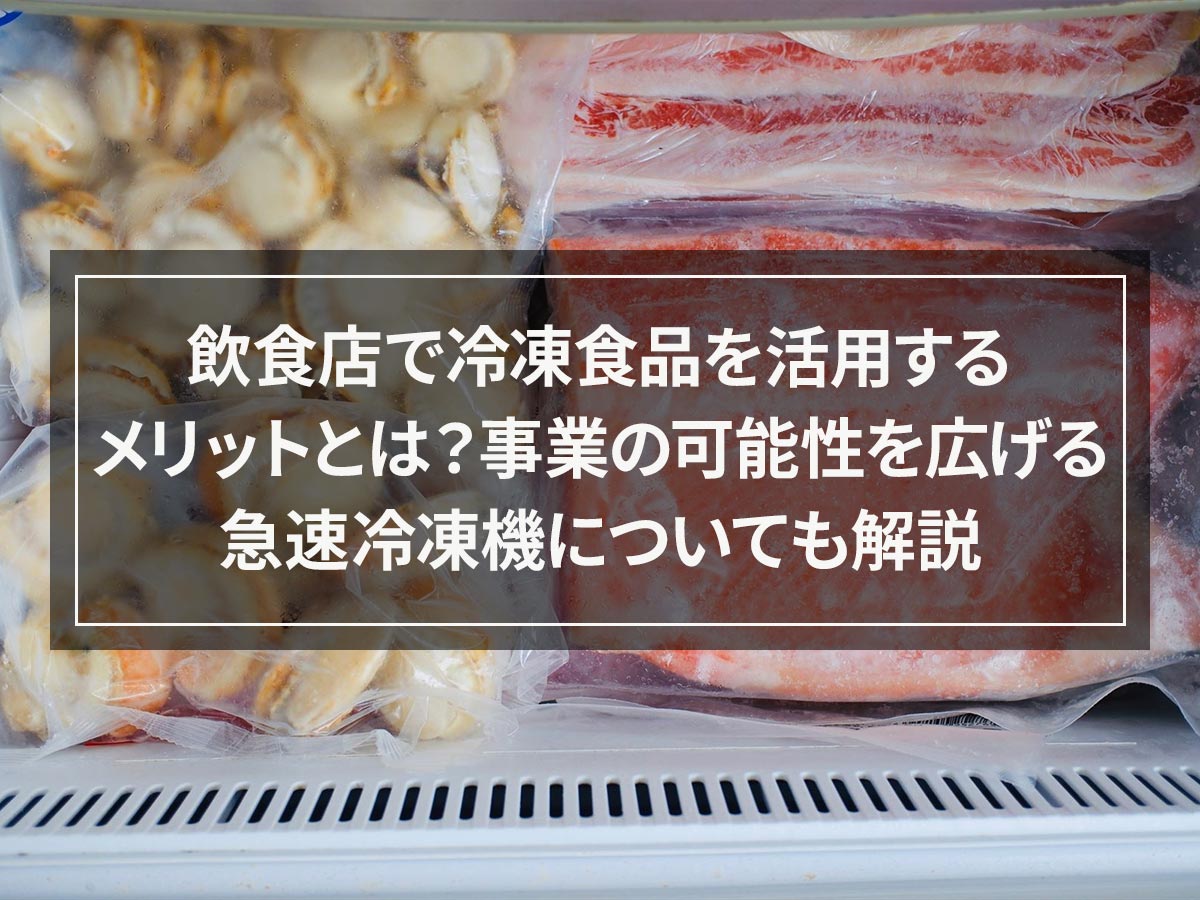

![Shock freezer prices and reasons why we can't recommend used ones [What's the difference from a blast chiller? ]](https://shunkashutou.com/wp-content/uploads/2019/09/f76c6907f41d0b092e20d0924e5f27c9.webp)
![[Long-lasting freshness! ] Explaining the advantages and disadvantages of chilled storage and chilled transportation](https://shunkashutou.com/wp-content/uploads/2016/11/64b437bd976e4ef73a85dbb64cdf9fc8.jpg)
![[For the lunch box manufacturing industry] Business issues can be solved by using rapid freezing!](https://shunkashutou.com/wp-content/uploads/2024/04/f93f171f5d29bdb15c4b8d06e244b002.jpg)



